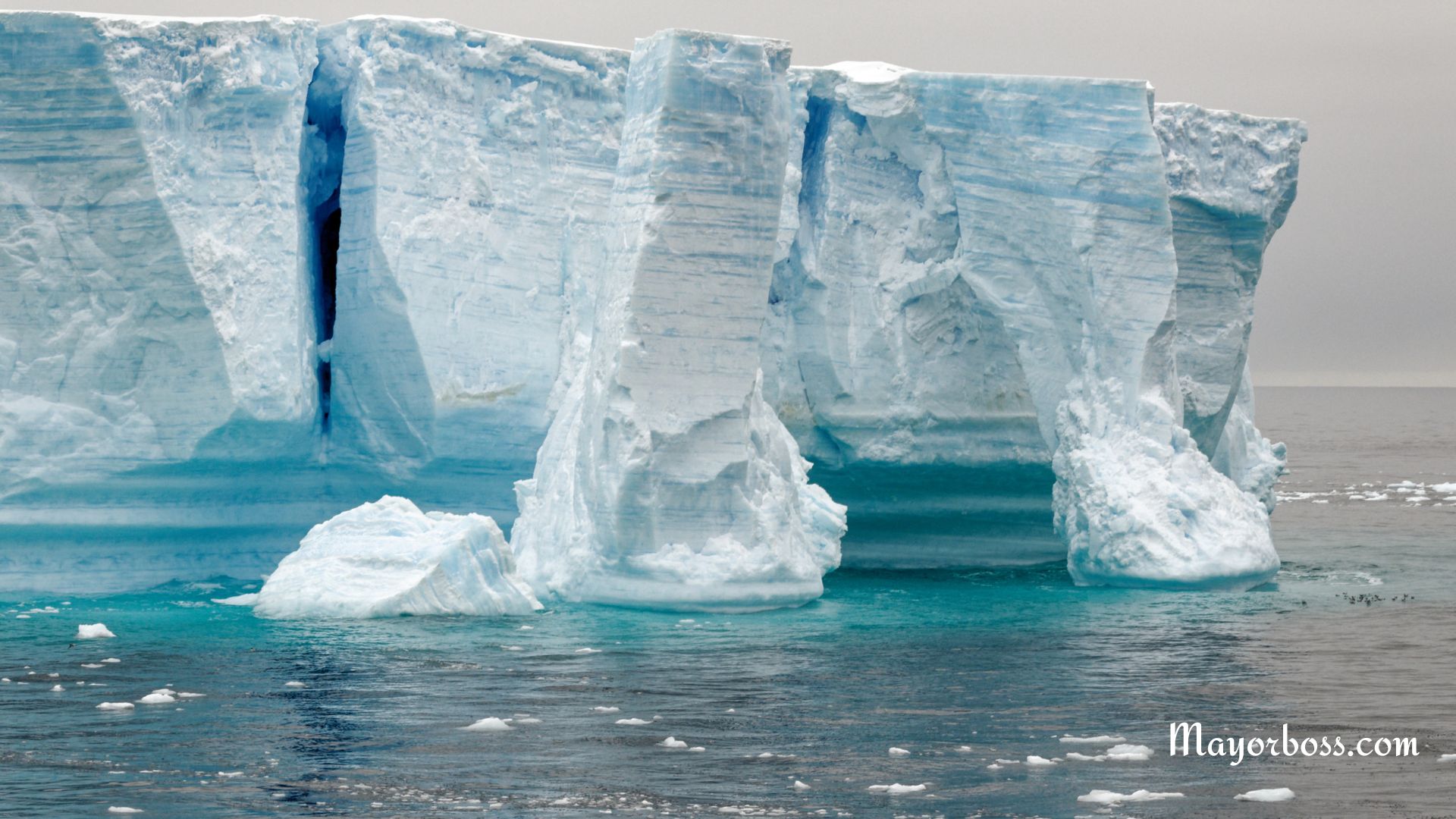What Would Happen if Antarctica Melted Completely?
Do you want to know what would happen if Antarctica melted completely? If Antarctica were to melt completely, the consequences would be catastrophic. Sea levels would surge, drowning coastal cities and disrupting ecosystems. The world’s weather patterns would also change, affecting agriculture and wildlife. These changes would have far-reaching implications for human society and the planet as a whole.

Sea Level Rise: Goodbye, Coastal Cities
Imagine waving goodbye to iconic cities like New York, Tokyo, and Sydney. If Antarctica melts completely, sea levels could rise by about 60 meters (200 feet). That’s high enough to submerge many coastal cities and create new shorelines far inland. Entire nations like the Maldives would vanish under the water.
Displacement of Populations
So where would everyone go? Millions, if not billions, would become climate refugees, forced to leave their homes. Competition for higher ground and resources would intensify, possibly sparking conflicts and wars. Social systems and economies would strain under the pressure, making it challenging to find a new normal.
Altering Global Weather Patterns: A Change You Can’t Ignore
Melting Antarctica wouldn’t just flood coastlines; it would mess up weather patterns, too. The polar ice reflects sunlight, helping to regulate the Earth’s temperature. Without this icy mirror, more heat would get absorbed, exacerbating global warming.
Agriculture Takes a Hit
As the weather patterns change, so do the conditions for farming. You might think crops like corn and wheat are resilient, but they’re actually sensitive to changes in weather. Unpredictable rainfall and higher temperatures could lead to reduced yields, food shortages, and skyrocketing prices.
Ecological Upheaval
It’s easy to think of Antarctica as a barren wasteland, but it’s a crucial part of Earth’s ecosystem. When Antarctica melts, it will release vast amounts of fresh water into the ocean. This would disrupt ocean currents and affect marine life.
Loss of Habitats
Examples of affected species include not just polar bears but also penguins, seals, and countless fish species. These animals rely on the Antarctic ecosystem, and disrupting it could lead to mass extinctions.
The Domino Effect: One Change Triggers Another
Scientists warn that the melting of Antarctica could trigger other environmental changes. For instance, as sea levels rise and weather patterns change, we will also likely see more frequent and severe natural disasters like hurricanes, droughts, and wildfires.
Economic Consequences
With these changes come economic repercussions. Infrastructure would have to be rebuilt, and insurance costs would skyrocket. Entire industries, especially those dependent on stable weather and sea levels, would suffer.
Health Risks
You might not link Antarctica to your health, but the melting ice would have indirect health consequences. Changes in weather patterns and ecosystems could lead to the spread of diseases. Warmer, wetter climates might become breeding grounds for mosquitoes carrying diseases like malaria and dengue fever.
Mental Health
Displacement, loss of property, and the stress of adapting to a new way of life can also have serious mental health consequences. Anxiety and depression rates would likely rise as people grapple with the new challenges brought on by the melting of Antarctica.
What Can Be Done: It’s Not Too Late
According to the latest climate models, there’s still time to mitigate some of these catastrophic effects. Immediate and drastic reductions in greenhouse gas emissions could slow down the melting process. Although we can’t reverse the damage already done, we can still take steps to minimize future harm.
In summary, the complete melting of Antarctica would be a disaster on an unprecedented scale. However, there’s still hope if immediate action is taken to combat climate change.






